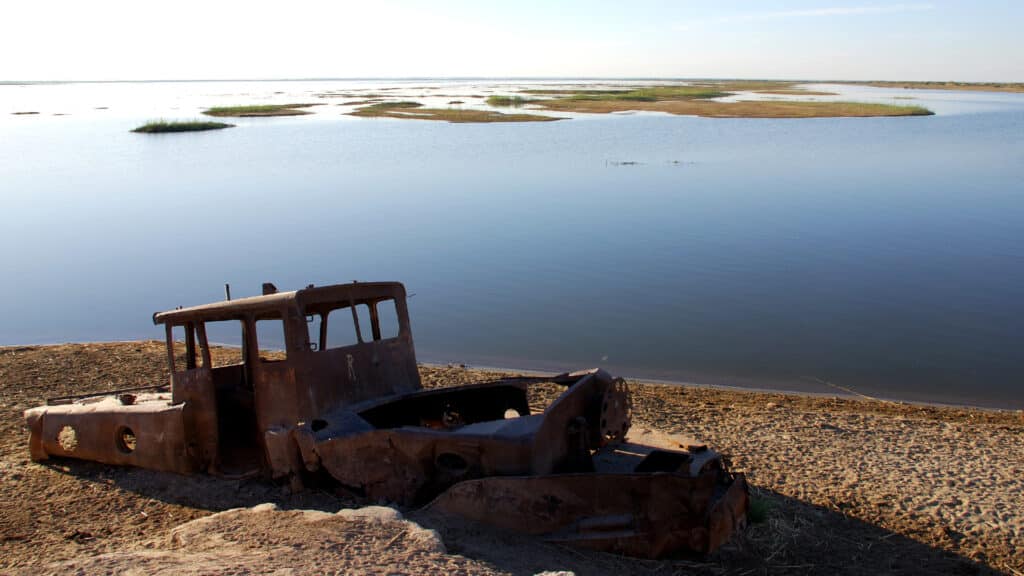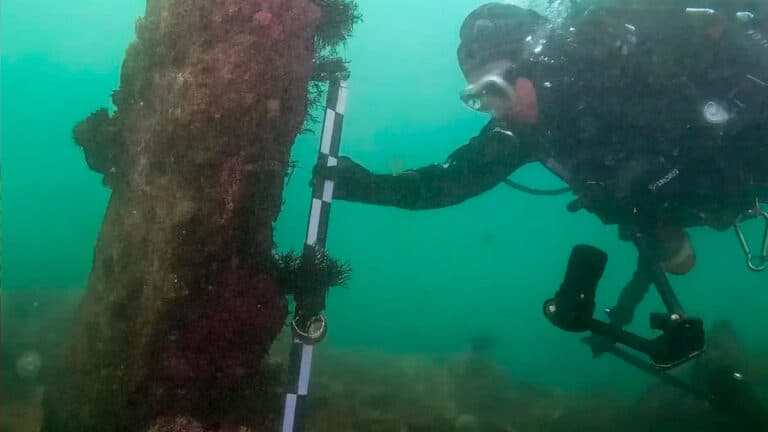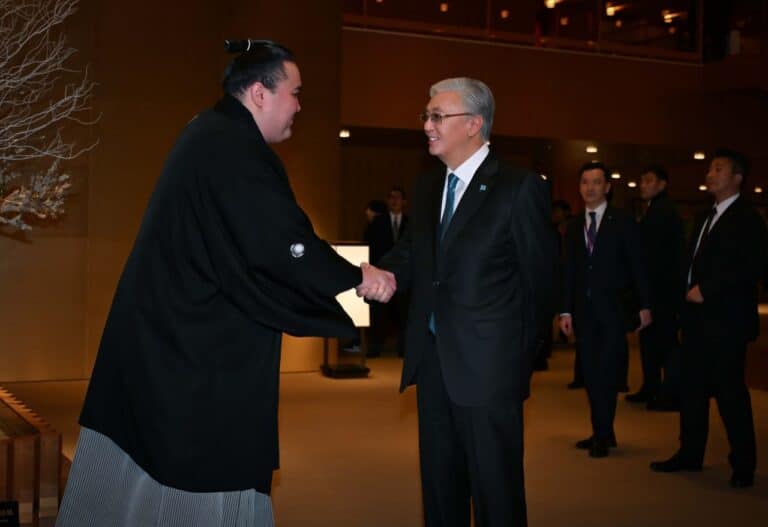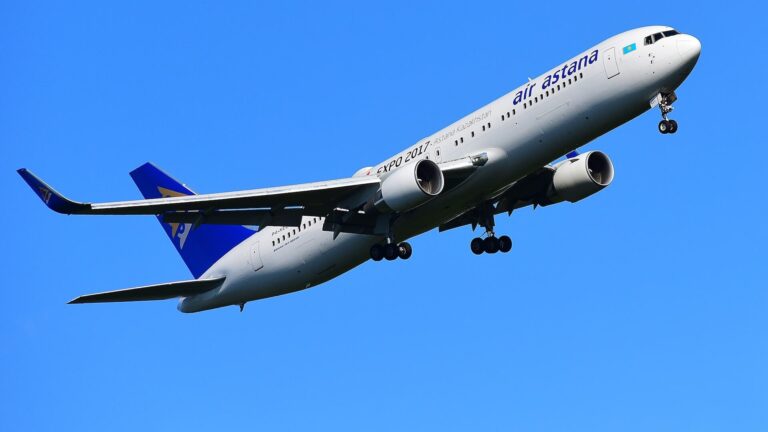
According to Roman Sklyar, the first deputy prime minister of Kazakhstan, the country’s government will allocate $14 million for the evaluation of the subsoil potential of the Aral Sea area.
In particular, the funds will be spent on geological and geophysical exploration of the Zapadnyi and Vostochnyi fields. Once this work is completed later this year, the government will comprehensively review resources deposited in the area and determine the most prospective structures.
Furthermore, many independent subsoil users do the same job independently, exploring the former seabed of the Aral Sea in a bid to find something promising enough.
What can they possibly find? In mid-April, Kursiv wrote that the Tau-Ken Samruk National Mining Company was going to explore salt lakes of the Aral Sea with financial support from the European Bank for Reconstruction and Development (EBRD), which has provided €400,000.
The company has been implementing this project for six months now; it is expected to last two years.
The exploration of lithium in salt brine and salt lakes in the Aral Sea area is part of the comprehensive plan for the rare and rare-earth metal industry development, prepared by the government of Kazakhstan for 2024-2028.
What else is the country doing in this sphere? In 2022, the exploration of the Shu-Sarysu basin was completed. Authorities spent $4.9 million to find out how deep salt structures in the area are and form a database for the basin and surrounding area that stretches for more than 100 kilometers.
In addition, the government completed geological mapping of the Burtesken-Akzhar mining district of Northwest Karatau. As a result, authorities discovered one perspective field with 13.3 million tons of lead and zinc.













